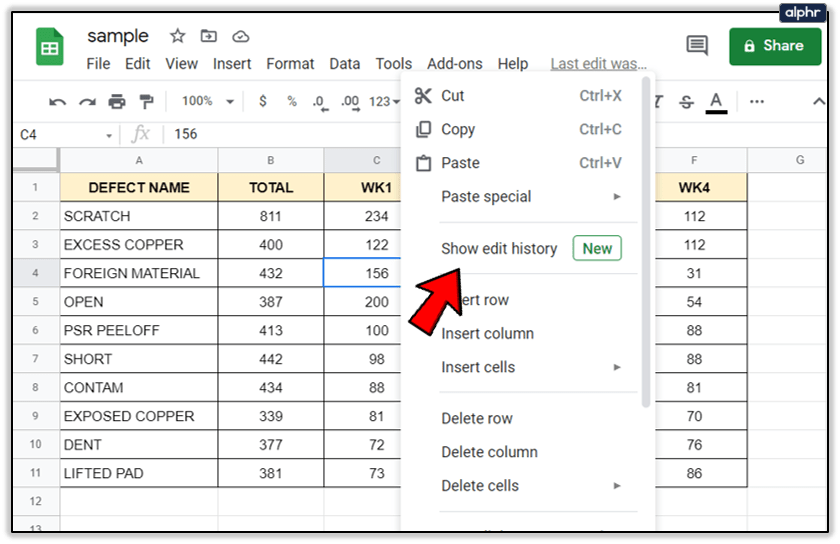5 Tips to Speed Up Emotional Support Paperwork Process

The journey through the emotional support animal (ESA) paperwork process can often feel like navigating a labyrinth. Yet, it's a crucial path to ensuring that individuals with mental health conditions receive the companionship and comfort they need. Here are 5 actionable tips to expedite your paperwork process and get your emotional support animal recognized:
1. Understand What Documents You Need

Being aware of the required documentation can significantly streamline your journey.
- Proof of Mental Health Condition: You will need documentation from a licensed mental health professional stating your condition and how an ESA would benefit your mental health.
- Letter of Certification: This letter should outline the need for an ESA, signed by your healthcare provider.
- Identification of Your Pet: Have your pet’s identification details, such as breed, age, and any unique identifiers.
2. Choose the Right Healthcare Provider

Selecting the appropriate healthcare provider can make a world of difference in your ESA application process:
- Ensure your provider is licensed to practice within your jurisdiction.
- They should have experience or knowledge regarding ESAs and their benefits.
- If you’re already seeing a mental health professional, make sure they’re comfortable writing a letter of certification.
3. Prepare Your Pet for Evaluation

Your emotional support animal might need to undergo an evaluation, so make sure:
- They are well-behaved, especially around new people and environments.
- Any vaccinations are up-to-date and records are readily available.
- They have basic obedience training to demonstrate control over them.
4. Utilize Online Platforms Wisely

While online services can offer convenience, approach them with caution:
- Look for services that provide real healthcare provider consultations, not just template letter mills.
- Check reviews, credentials, and ensure your data privacy is respected.
- If opting for an online service, still consider having an in-person meeting with your healthcare provider for legitimacy.
5. Stay Organized and Follow Up

Efficiency in paperwork is often about good organization:
- Keep all documents in one place, either physically or digitally.
- Set reminders for follow-ups, particularly if documents are being processed by others.
- Create a timeline of what needs to be done and when, to keep yourself on track.
🔍 Note: While ESAs do not require specialized training like service animals, they must still be well-behaved in public to avoid issues and support your mental health needs effectively.
In summing up these tips, remember that the speed at which you can process your ESA paperwork often hinges on your preparation, understanding of requirements, and how well you manage the process. The above steps not only help in getting your emotional support animal recognized but also in ensuring a smoother path through an otherwise cumbersome process.
What is the main difference between an ESA and a service animal?

+
An ESA provides emotional support to individuals with mental health conditions, while a service animal is trained to perform specific tasks that mitigate disabilities. ESAs do not require specialized training, whereas service animals do.
Can a landlord refuse my emotional support animal?

+
Under the Fair Housing Act in the U.S., landlords must reasonably accommodate emotional support animals, unless doing so would cause significant financial or administrative burdens or fundamentally alter the nature of their operations. However, there are exceptions, such as if the animal poses a direct threat to the health or safety of others.
How long does the ESA registration process usually take?

+
The time frame can vary significantly depending on many factors. With proper preparation and using online platforms, it could be as short as a week to a couple of days. However, it might take several weeks if there are delays in consultations or processing.



